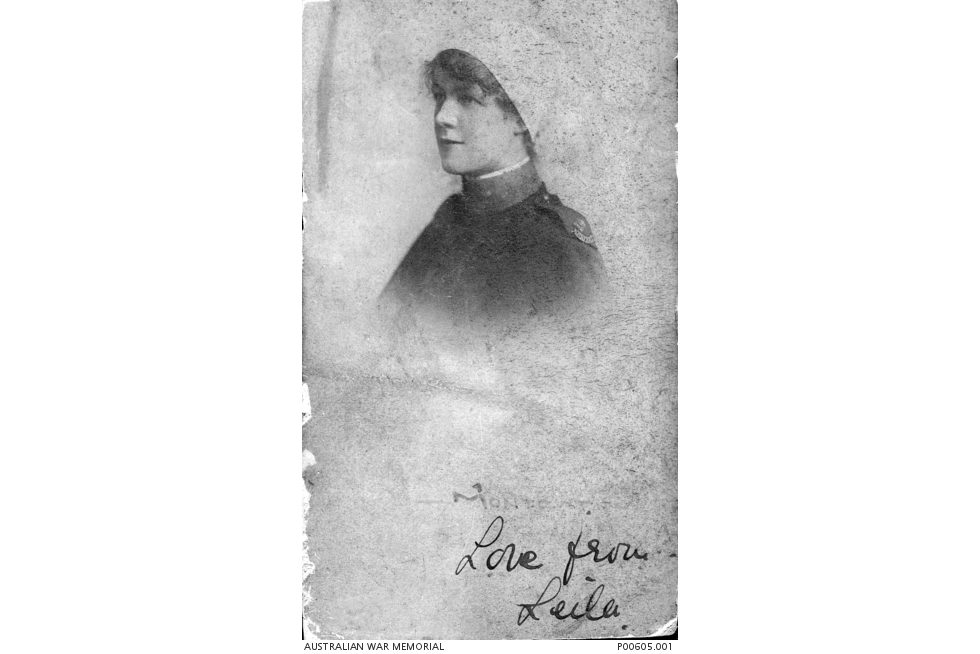How much do you know about the nurses who represented our profession with distinction during the First World War? Those who have nursed before us have considerably shaped how our profession is today. We owe it to our nursing predecessors to learn their names and their history.
Dr Ruth Rae FACN is a nurse and historian who wrote about the Australian nurses in the First World War – we are grateful for her contribution in recording and commemorating our profession. Her three books have been published as a box set by ACN – today, ANZAC Day, is an appropriate time to dip into them. One of the Consultant Historians for the Sir John Monash Centre (SJMC), which opens this ANZAC Day at Villers-Bretonneux, France, Dr Rae has an interest in the impact of shell-shock (see International Journal of Mental Health) on nurses. You can find out more about the SJMC here.
Dr Rae’s books detail the day-to-day extremes that Australian nurses endured whilst serving during the First World War. She considers the family and social lives, civilian nurse training, military nursing experiences and the premature deaths of qualified Australian nurses who lived through the horrors of the 1914–18 war. The effects from their service were embodied in various ways – for example through shell-shock.
Dr Rae uses an example in her book, Veiled Lives, of nurses who experienced shell-shock, which was also diagnosed at the time as ‘debility’ or ‘neurasthenia’.
“Australian nurses like Mary Dwyer and Anne Donnell who were stationed in CCS [casualty clearing station] on the Western Front endured constant night air-raids where they ‘thought our last hour had arrived’. For example, Marie Cameron, who survived the sinking of the Marquette but suffered a cerebral hemorrhage with resultant hemiplegia, was transferred home ‘nursing a teddy bear from which she would not be parted’.”
This demonstrates how the trauma that nurses experienced impacted upon each individual in different ways – as was the case for the soldiers on the front–line.
“Anne Donnell, while on leave in London for ‘debility’, makes the simple statement that ‘I long sometimes to breathe again,’ which is suggestive of an anxiety state: there is little doubt her experiences in the CCS of France were anxiety provoking.”
Shell-shock is just one of the lasting impacts of the war which Dr Rae explores. This ANZAC Day, let’s remember how the ripple effects of war carry out through communities, nations and generations.
You can find out more and purchase Dr Ruth Rae’s Trilogy: The History of Australian Nurses in the First World War through our shop here: https://shop.acn.edu.au/products/the-history-of-australian-nurses-in-the-first-world-war
Image above: Portrait of Leila Mary Brown (AWM POO605.001) donor John Campbell-Brown. Dr Ruth Rae makes extensive mention of AANS nurse Leila Brown in the second book of the trilogy, Scarlet Poppies





